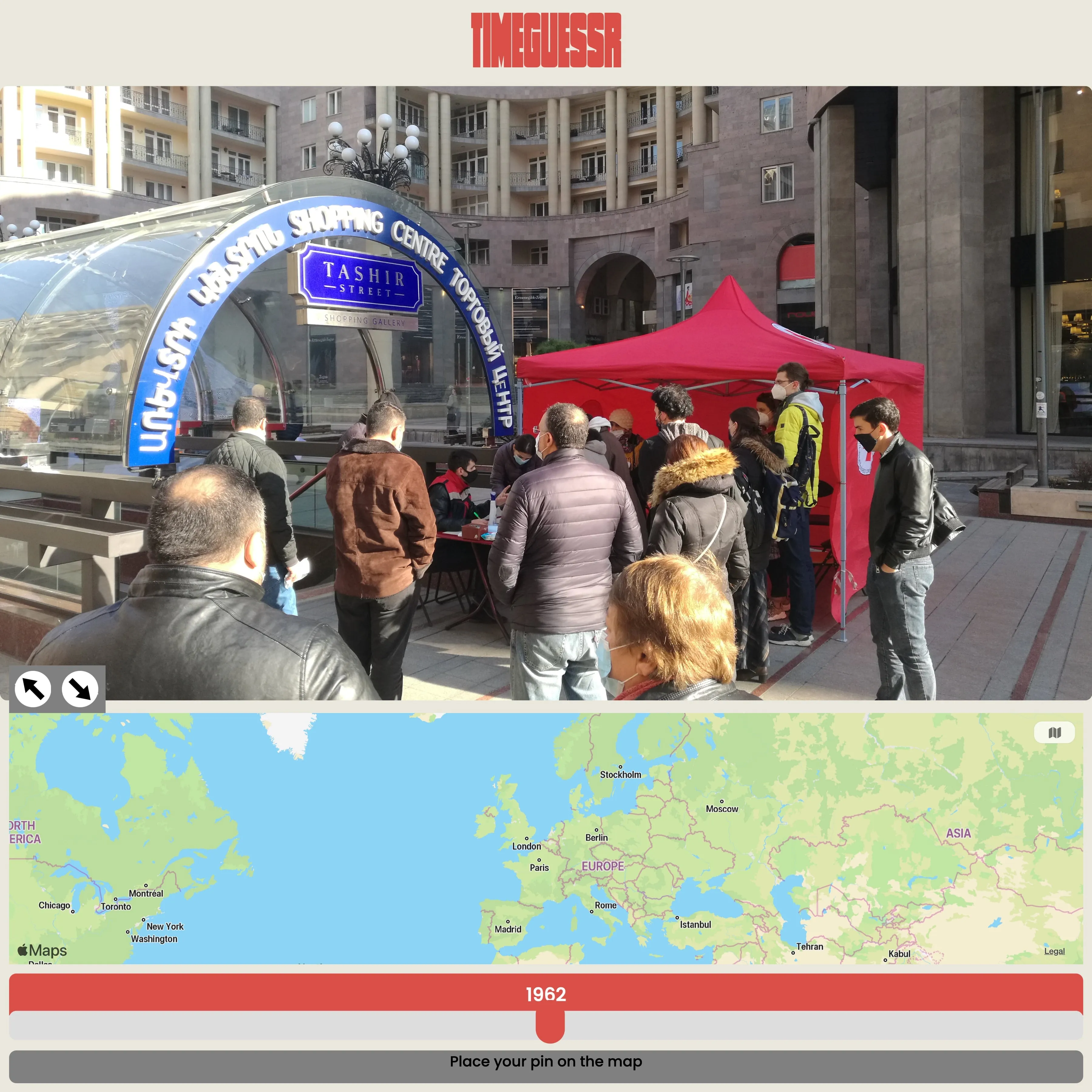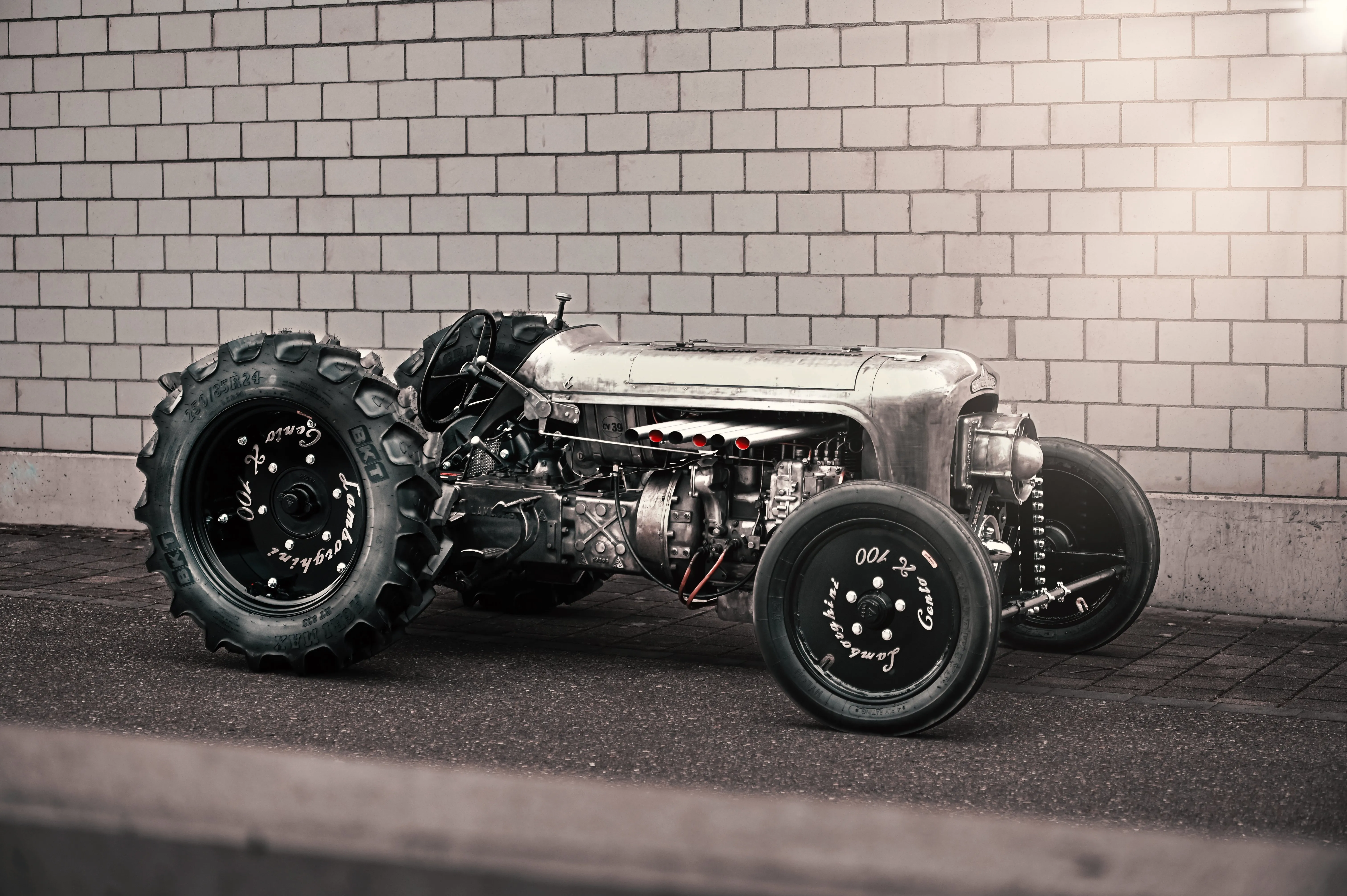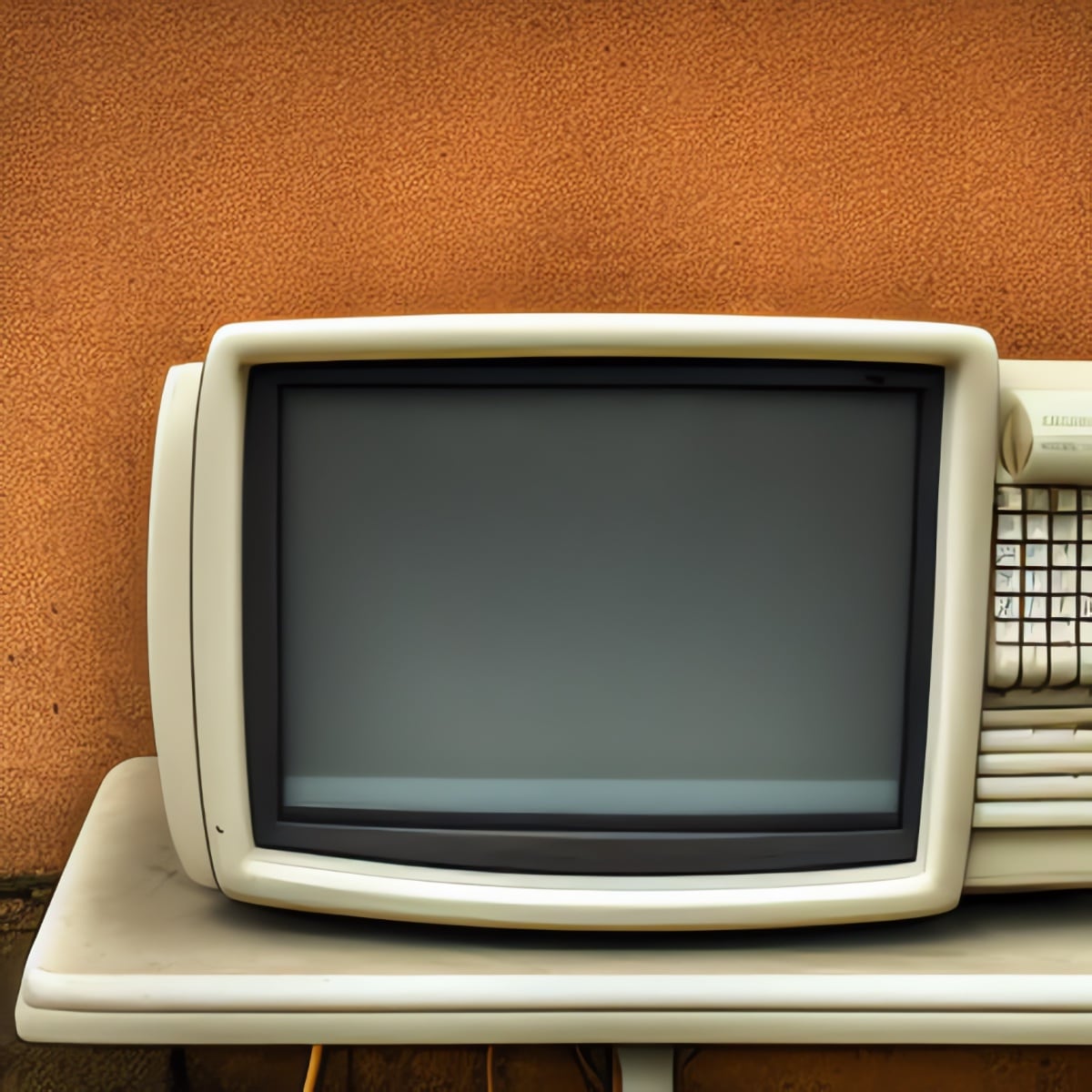Browse the old World Wide Web. Good for old devices with ancient browsers.
History
The Old Net
theoldnet.comRandom Web 1.0 website
wiby.meEvery time you click this link, it will send you to a random Web 1.0 website
How a suburban skate ramp drew pro skateboarder Tony Hawk to Tasmania in the 90s
abc.net.auOn December 3, 1990, world-renowned professional skateboarder Tony Hawk dropped into a ramp on a skateboard in the suburb of Rosny in Hobart.
Hawk performed “pretty much” every trick possible on a vert ramp — a ramp with a flat bottom and steep vertical section at the top — in front of a captivated audience drawn from all over the state.
His presence, on one of a handful of public skate ramps in Tasmania at the time, was unbelievable.
It was his first and only visit to Tasmania.
Who killed Google Reader?
theverge.comTen years after its untimely death, the team that built the much-beloved feed reader reflects on what went wrong and what could have been.
Our Friend The Computer – Australia’s Microbee Computer
ourfriendthe.computerAfter the girls discuss recent tech-art exhibitions they’ve seen in New York and London, Camila introduces Ana to some stories about the history of computer eduction in Australian schools. This months episode is a two-for-one! Firstly, we learn about a government plan to develop an especially Australian computer for use in schools with options for networking and for portable ‘laptop-style’ use. Then we hear about the rise and fall of the ‘Microbee’ computer—Australia’s first home-grown personal computer. This computer, which was designed and manufactured in Australia, controlled a large portion of the primary school computer market not just in Australia but also Scandinavia and Russia, winning contracts over Apple!
TimeGuessr
timeguessr.comFind the year and location of photos.
WordPress Turns 20
ma.ttA Short History of Chaosnet
twobithistory.orgToday, the world belongs to TCP/IP. Those two protocols (together with UDP) govern most of the remote communication that happens between computers. But I think it’s wonderful that you can still find, hidden in the plumbing of the internet, traces of this other, long-extinct, evocatively named system. What was Chaosnet? And why did it go the way of the dinosaurs?
Titanic: First ever full-sized scans reveal wreck as never seen before
bbc.comRestoring the Old Way of Warming: Heating People, not Places
solar.lowtechmagazine.comThese days, we provide thermal comfort in winter by heating the entire volume of air in a room or building. In earlier times, our forebear’s concept of heating was more localized: heating people, not places.
They used radiant heat sources that warmed only certain parts of a room, creating micro-climates of comfort. These people countered the large temperature differences with insulating furniture, such as hooded chairs and folding screens, and they made use of additional, personal heating sources that warmed specific body parts.
Street Fighter II, Paper Trails
fabiensanglard.netOver the past six months, I have spent my spare time studying Capcom success stories and in particular the genesis of Street Fighter II. If discovering the engineering behind the CPS-1 was fascinating, I found the side story of how developers tracked ROM budget using paper and scissors equally interesting.
You’re Wrong About – Napster with Niko Stratis
buzzsprout.comThis week, a tale of two Shawns/Seans, their impossible dream, and the file sharing service that lived fast, died young, and helped create the internet as we know it. Plus, Metallica.







